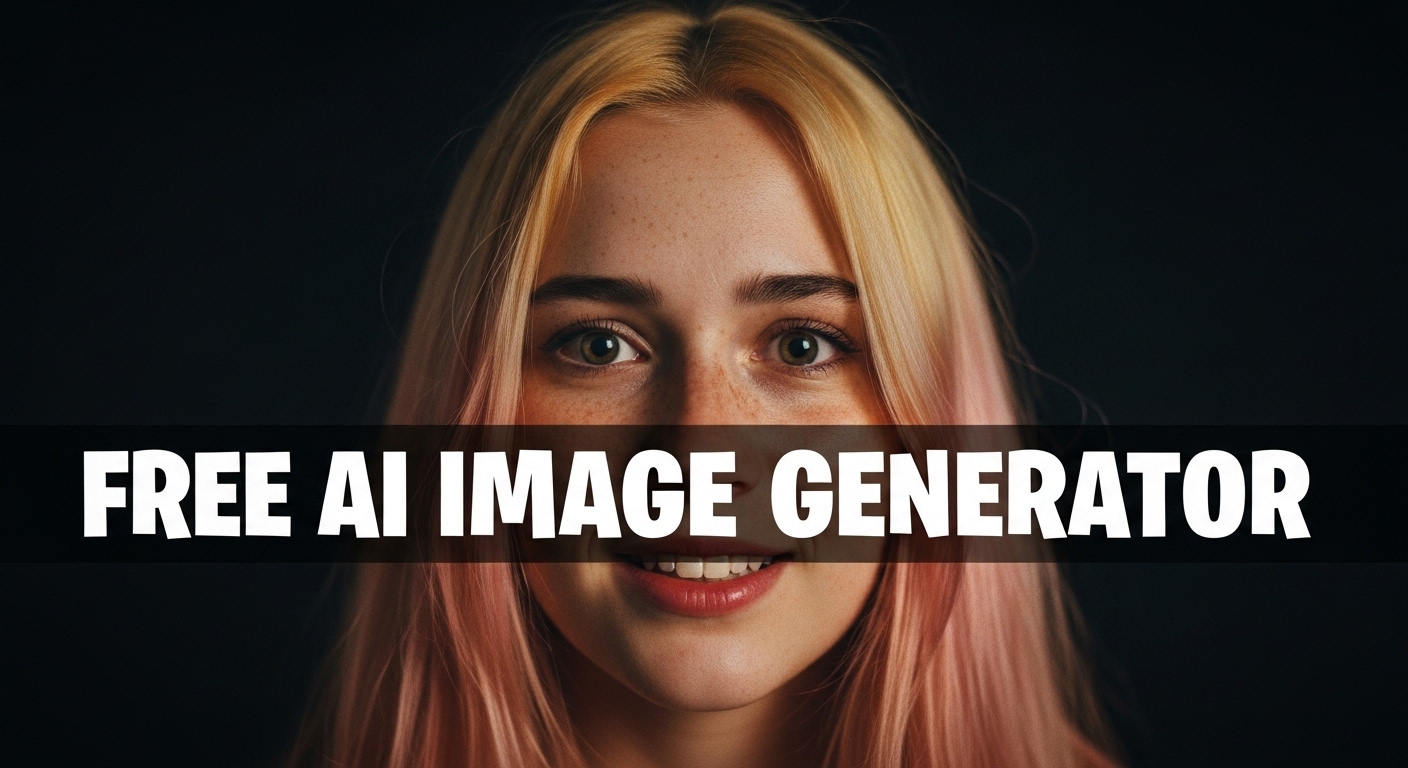Origami Image Generator
Origami Image Generator is a free online tool to generate origami style images. The tool is free to use, just enter prompt in origami style and generate origami image style in seconds similar quality to flux, midjourney, open ai, imagen, nano banana AI image quality.
Generate Origami AI Image for Free
What is a origami Generator?

An Origami Generator is an AI-powered tool that synthesizes images with authentic folded paper aesthetics. It models features unique to origami art such as paper grain, crease topology, valley and mountain folds, edge tension, and layered stacking so the output reads as a plausible folded object rather than a generic illustration. The generator can emulate thin kami paper, textured washi, metallic foil, and thick cardstock, and it renders lighting to emphasize creases and shadows that define each fold.
Designers, packaging artists, educators, textile creators, game developers, and craft instructors use an Origami Generator to rapidly prototype foldable forms, explore modular structures, and create visuals for instruction or marketing. Because the tool focuses on folding geometry and material behavior, users get images that are useful for concepting real-world folds, producing accurate diagrams, and generating art prints inspired by classical and contemporary origami techniques.
How to Create origami Images
Start by writing a clear prompt describing the folded subject, paper type, and style; include fold types like crane, tessellation, wet-folding, or modular units. Next set parameters such as texture strength, crease sharpness, lighting angle, color palette, and aspect ratio so the AI emphasizes paper behavior and fold geometry. Finally generate several variations, refine the best outputs by adjusting prompt detail or texture settings, and export high-resolution files for print, instruction sheets, or mockups.
Enter AI Origami Prompt
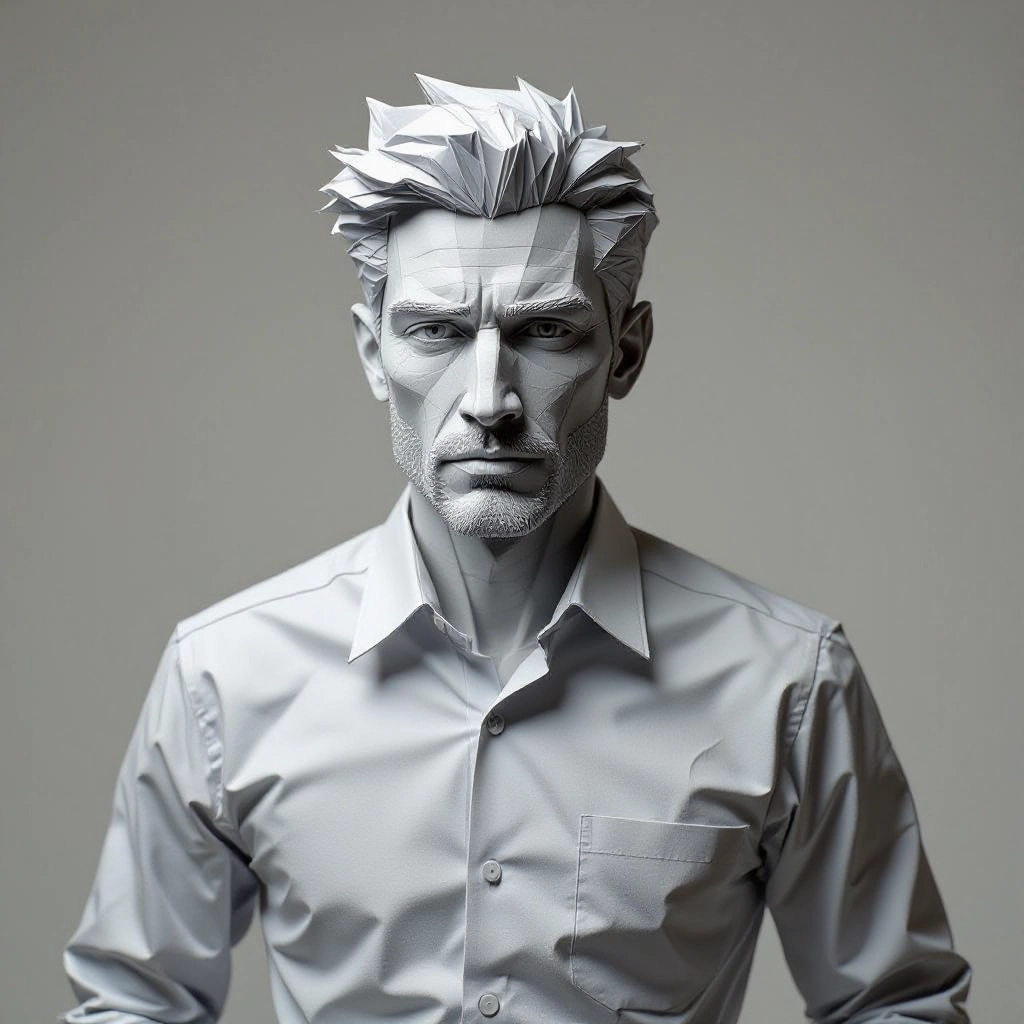
Type your origami character or scene description in the prompt box. Include details like character appearance, clothing, expressions, and setting to get better AI origami results.
Choose AI Model Settings
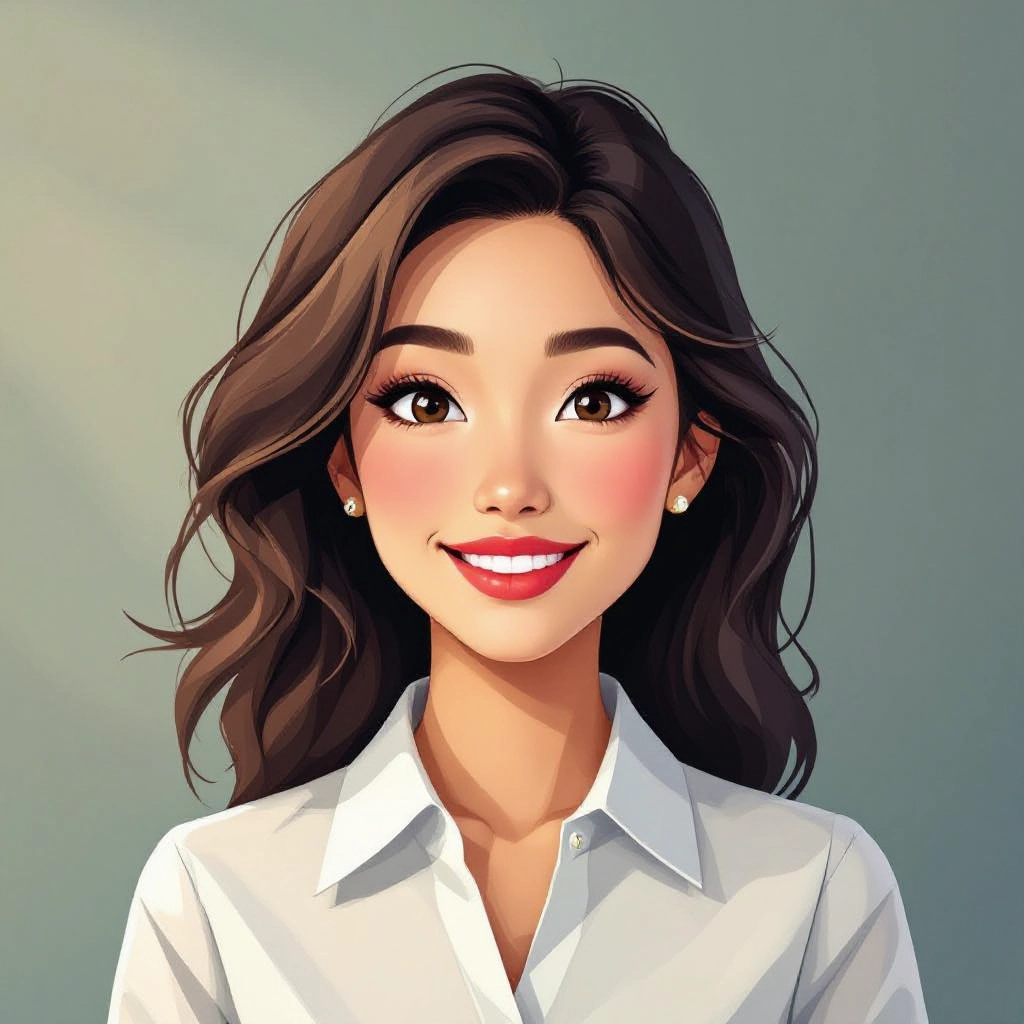
Select your preferred image size and aspect ratio. Our AI model delivers professional quality comparable to:
- • Flux AI Quality
- • Midjourney Standard
- • OpenAI DALL-E
- • Google Imagen
Download AI Origami Image

Once your AI origami image is generated, click the download button to save it to your device. The image will be in high quality format ready for use.
Features of AI origami Image Generator
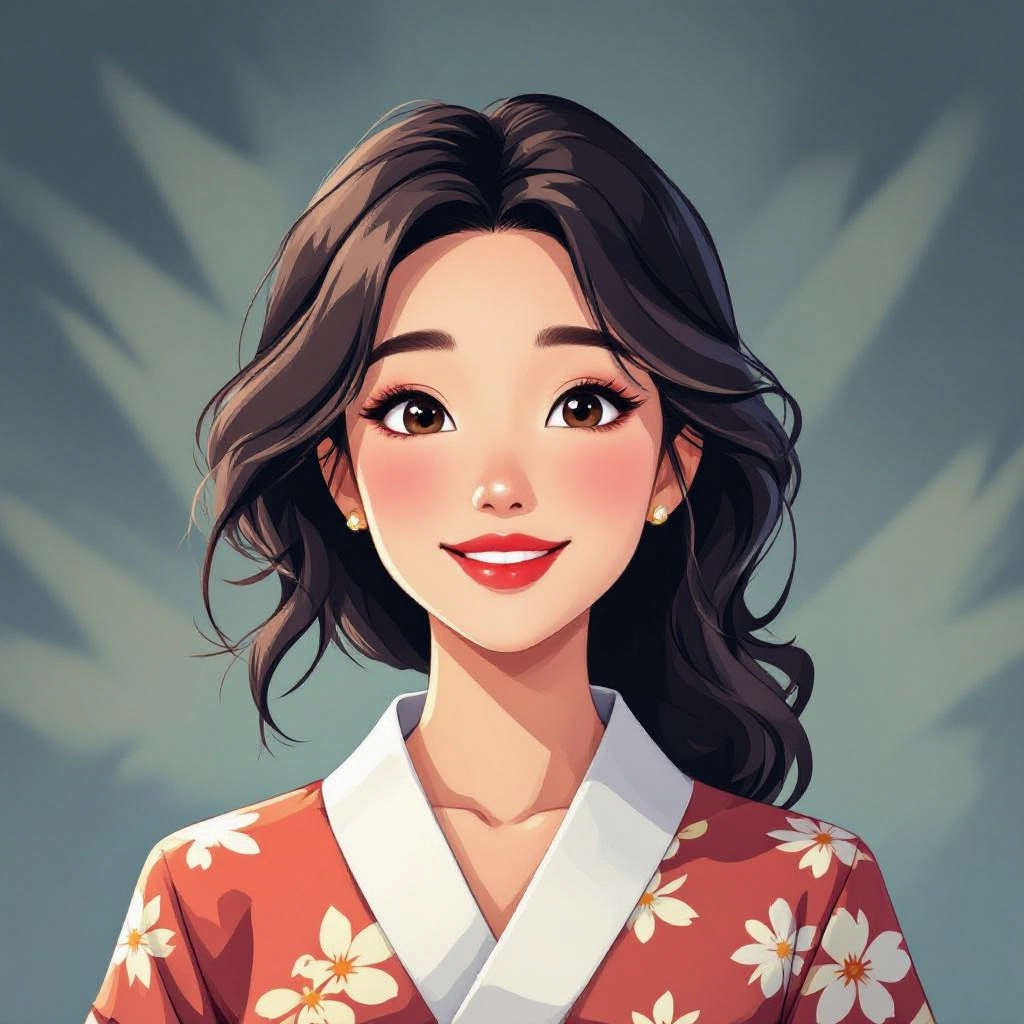
Paper Grain and Material Presets
Choose from curated paper presets including kami, washi, kami-textured, foil, rice paper, and cardstock. Each preset adjusts reflectance, fiber pattern, translucency, and edge fraying so folds react like the chosen material.

Crease-Precision Engine
A dedicated crease engine models valley and mountain folds, pleats, and reverse folds to create realistic crease lines, overlapping layers, and shadowing that reveal the sequence of folding.
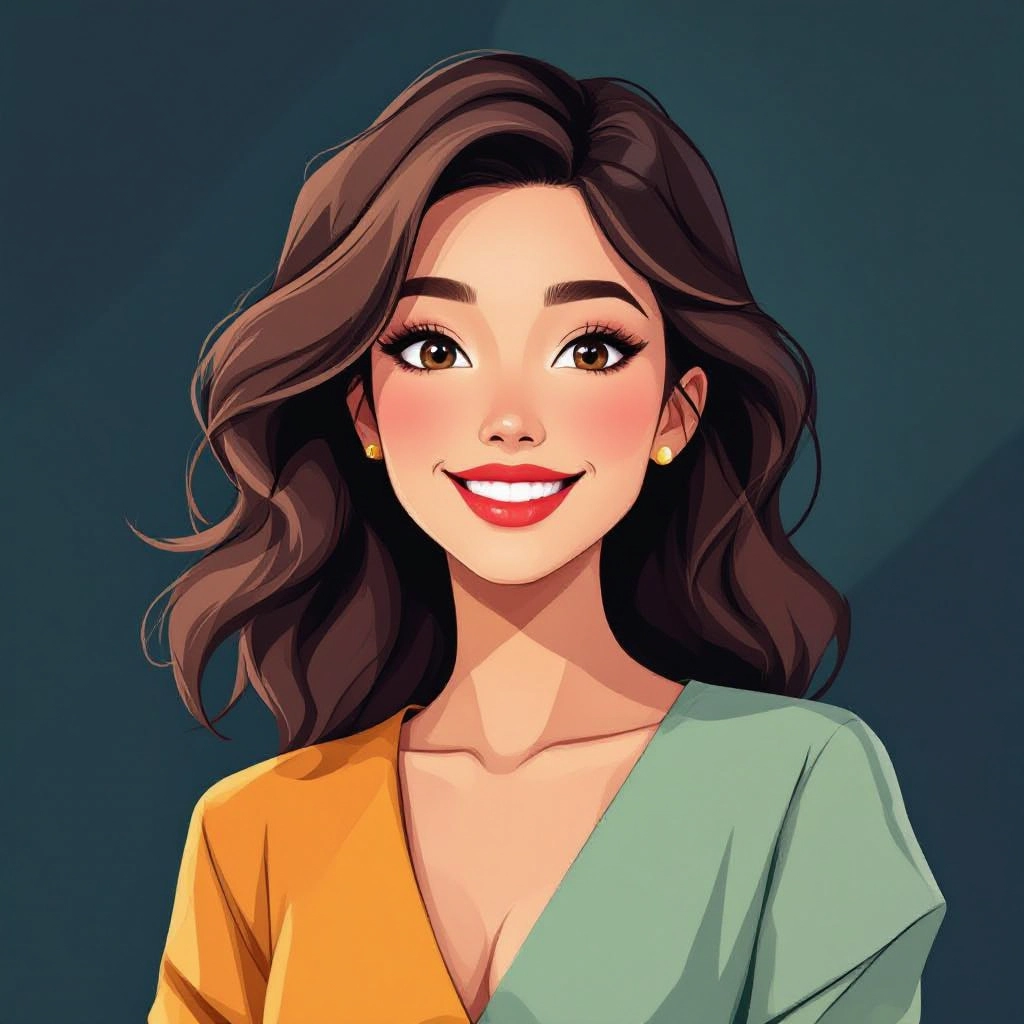
Modular and Tessellation Composer
Generate complex modular assemblies and tessellation patterns by specifying repeat units, grid density, connection points, and symmetry so the AI composes plausible interlocking origami systems.

Wet-Folding and Sculptural Effects
Enable wet-folding simulation to create soft, sculptural curves and rounded edges in the output. This feature mimics damp paper behavior for expressive organic forms and animal sculptures.
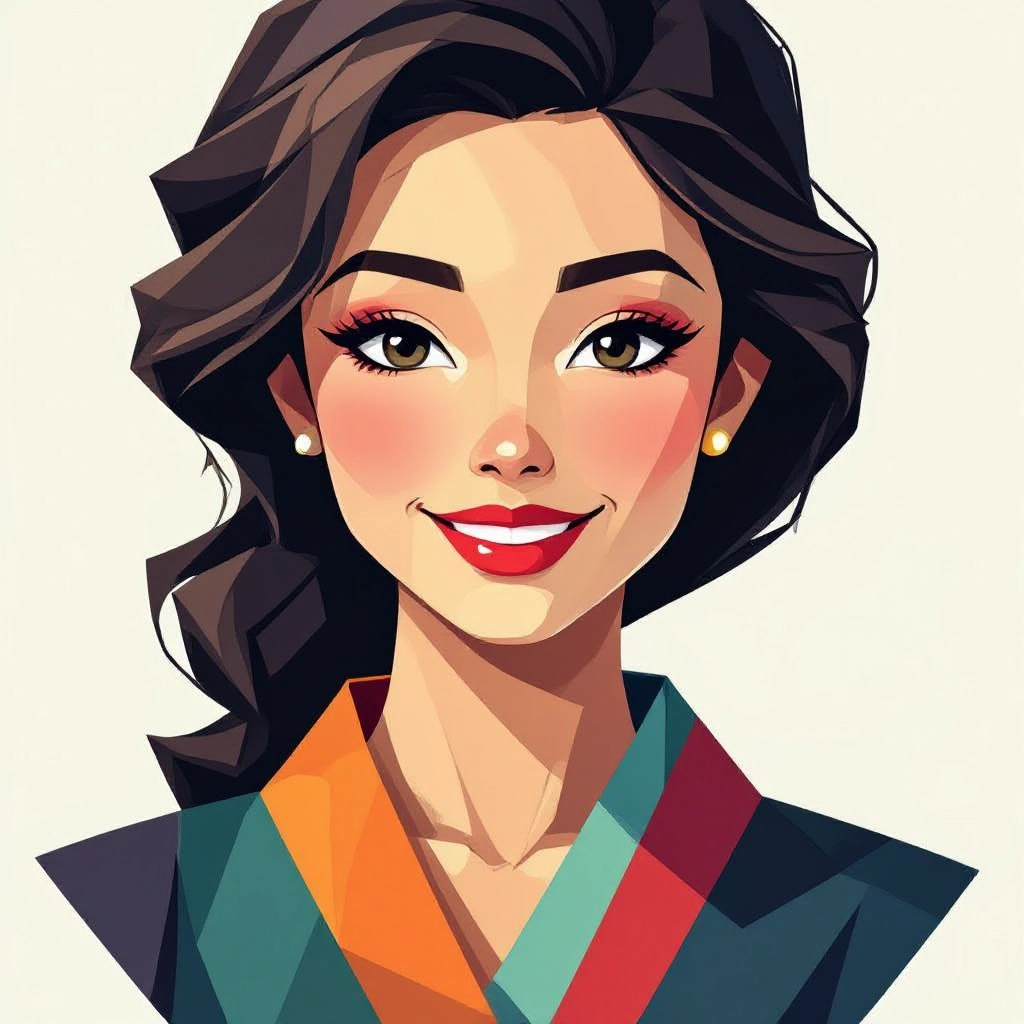
High Resolution Export and Layered Diagrams
Export images in high DPI for printing and save layered renders showing crease maps, folding order overlays, and flat pattern guides to support real-world construction and tutorials.
Types of AI Powered Origami Style Images
The generator supports a wide range of origami aesthetics, from precise traditional models to experimental sculptural folds. Choose a variation to focus the AI on crease logic, symmetry, material behavior, or decorative surface patterns.
Traditional Crane and Animal Folds
Render canonical models like cranes, frogs, and fish with sharp creases, layered flaps, and historically accurate proportions used in classical origami.
Modular Unit Assemblies
Compose multi-unit structures such as kusudama and sonobe clusters with interlocking tabs, repeat geometry, and realistic tension at connection points.
Tessellation and Geometric Patterns
Generate collapsed tessellations and pleat grids that exhibit repeating honeycomb, square twist, and triangle collapse patterns with clear crease networks.
Wet-Fold Sculptural Style
Produce rounded, sculpted forms with soft seams, gentle curvature, and weight in the paper to mimic wet-folded animals and figurative pieces.
Kirigami Cut-Fold Hybrids
Create designs that combine cuts and folds, showing tabs, slits, and layered reliefs for pop-up cards and architectural paper models.
Minimalist Paper Silhouettes
Focus on silhouette and negative space with single-sheet silhouettes, strong backlighting, and simplified folds for modern editorial and logo applications.
Applications of AI origami image style
Packaging and Prototyping
Visualize folded packaging concepts and prototype dielines by generating realistic paper behavior to test closures, tabs, and fold strength before physical samples.
Instructional Diagrams and Tutorials
Produce step-by-step visuals and crease overlays for teachers and online tutorials, using layered exports that highlight folding sequence and crease direction.
Product Mockups and Branding
Create brand assets that use origami motifs, folded logos, and textured paper merchandise renders to present packaging and marketing concepts with craft authenticity.
Textile and Surface Pattern Design
Use tessellation and folded repeat designs as inspiration for fabric prints, embossing patterns, and laser-cut motifs derived from fold geometry.
Fine Art Prints and Studio Work
Generate high-resolution origami art for gallery prints or mixed media projects where paper texture, subtle creases, and sculptural lighting are central.
Game Assets and 3D Concepting
Provide concept imagery for game designers and 3D artists who need believable paper props, map folds, or architectural paper models as references.
FAQs about AI origami image generator
How realistic are the paper textures and creases?
The generator models paper grain, translucency, edge fray, and crease shadowing to produce images that closely mimic real folded paper. You can increase texture fidelity in the material presets to emphasize fibers and surface irregularities.
Can I specify a particular folding sequence or diagram output?
Yes. Use prompts that name fold steps or request a folding order overlay. The tool can export layered images that show crease maps and numbered sequence diagrams to guide physical construction.
Is this generator suitable for packaging prototype visuals?
Absolutely. The AI can render dieline-friendly visuals, show tab interactions, and simulate material behavior so packaging designers can preview closures, fit, and aesthetics without immediate physical samples.
What file formats and resolutions are available for export?
Export options include PNG, JPEG, and high-resolution TIFF for print. You can select DPI settings and request separate layers such as crease overlays, flat patterns, and shaded renders for production use.
Can I use generated images for commercial projects?
Generated images can be used commercially according to the platform terms. Check the tool's licensing page for details on ownership, attribution, and any restrictions for resale or derivative works.
How do I get sharper creases or more sculptural folds?
Adjust crease sharpness and material stiffness in the settings, choose wet-folding mode for sculptural curves, or specify lighting angles that accentuate shadows along fold lines to increase perceived depth.

Explore All Image Generators
More generators coming soon!
